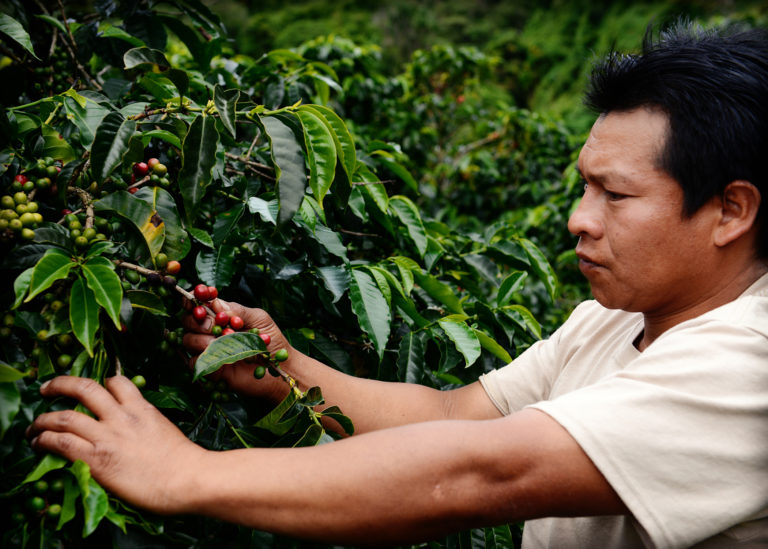After the workshop: a description of coffee varieties.

After the workshop: a description of coffee varieties.
To date- there are 125 species of coffee. Specialty coffee roasters use only one – Arabica.
It’s the most genetically superior species available- and because of this will have a much higher level of quality, complexity and flavour.
Arabica consists of many varieties grown globally mostly between the tropics. Ethiopia is commonly considered the birthplace of Coffee. Most of the genetic variation of the Arabica species lies almost entirely in Ethiopia. It’s like the Big Bang of Coffee.
The history of coffee dissemination is confounding. Most varieties outside of Ethiopia have been bred from a single varietal- Typica which was of course, originally from South- western Ethiopia. Bourbon is another great variety, discovered on the island of Reunion- formely known as Bourbon, that has also formed the backbone in many hybrids etc. You can deduce from this that the genetic diversity of the Arabica species globally is incredibly limited. But fortunately for us, Botanist- Dr. Aaron Davis from Kew Botanical gardens is making some headway.
To kickstart your upcoming varietal obsession- below are the main categories of varieties and a few common examples of each.
Heirloom varieties
Typica- Excellent cup quality, diverse flavour potential.
Bourbon- Distinctive sweetness, with a clean and sweet finish, a great deal of complexity potential. Excellent Acidity. Unbeatable balance.
Geisha- Exceptionally aromatic and/or floral. Complex. Deliciously sweet. Normally has an excellent texture quality. Considered one of the highest quality varieties in the world.
Hybrids
Mundo Novo—A cross between Typica and Bourbon. Grown for high yield and disease resistance. Very little fruit notes. Mellow cup in general. Low acidity.
Catuai- A cross of Caturra and Mundo Novo. Combines dwarf character of Caturra with yield and strength of Mundo Novo. The red variety has a well integrated acidity that adds more structure to the cup.
Pacamara- A cross of Pacas and Maragogype. Can taste of Chocolate and fruit. Bold flavour. Mostly large beans.
Mutants
Caturra- Dwarf Bourbon mutation ( discovered in Brazil). Produces mostly sugar-driven aromatics and ends up being quite dessert like. Lacks complexity.
Pacas- Dwarf Bourbon mutation (discovered in El Salvador). More complexity than Caturra.
Villa Sarchi- Dwarf Bourbon mutation (discovered in Costa Rica). Higher cup quality overall compared to Pacas and Caturra.
Maragogype- Giant Typica mutation (discovered in Brazil). Interesting rich cup. Bold but not complex.
Important points to remember when comparing different varieties.
- When working with Arabica- Processing takes 1st place in being the most important determining factor in the overall quality of coffee. Processing can mask or highlight inherent flavour characteristics of various varieties. This is incredibly important to remember when attempting to create a sensory databank of coffee varieties. I think this, probably subconsciously, is the reason why varieties take 2nd place in most people’s minds. To fully understand varieties, one has to be well acquainted with all processing methods utilized by farmers. (More on processing another time.)
- Coffee varieties can be different much in the way that fruit varieties differ. A granny smith is clearly very different to a golden delicious apple. It’s quite difficult to effectively relate coffee to fruits as they realistically cannot be compared like this, there are too many other variables involved, namely- terroir, processing and roasting.
- Farmers sometimes grow multiple varieties interspersed- mainly to uplift global pest and disease resistance on the farm as well as to optimize yield, quality and flavour. This is one of the reasons why you’ll see multiple varieties on a Coffee’s bag description.It’s like a multi varietal blend of green (unroasted coffee) from the same farm.In this case, one cannot assess it individually.
Enjoy the brews.